Don't wanna be here? Send us removal request.
Text

Taking care of a parrot can be a rewarding experience, but it also requires a lot of responsibility and commitment. Parrots are intelligent, social creatures that need attention, mental stimulation, and proper care to stay happy and healthy. Here’s a guide to help you provide the best care for your parrot:
1. Choosing the Right Environment
Cage Size: Ensure the cage is spacious enough for your parrot to move around, stretch its wings, and play. A minimum cage size for small parrots is 24x24x30 inches, while larger species need cages at least 36x24x48 inches.
Cage Placement: Place the cage in a well-lit room with good air circulation. Avoid placing it in direct sunlight, near drafts, or in kitchens where fumes can be harmful.
Perches: Provide perches of different diameters to exercise your parrot’s feet. Natural wood perches are ideal as they help keep your parrot’s nails trimmed.
YOU CAN GET MORE INFORMATION ABOUT THIS ARTICLE, VISIT THE LINK:
0 notes
Text
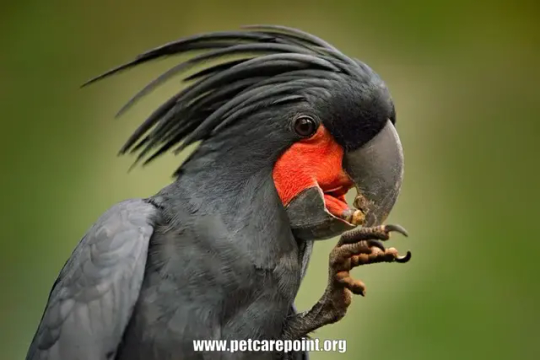
Australia is home to a diverse range of parrots, each with unique habitats and conservation statuses. Here are some notable types:
1. Eastern Rosella
Habitat: Eastern Australia, including southern Queensland, New South Wales, and Victoria.
Conservation Status: Least Concern. They thrive in woodlands, open forests, and gardens.
2. Australian King Parrot
Habitat: Eastern Australia, from coastal areas to the Great Dividing Range.
Conservation Status: Least Concern. They prefer subtropical and temperate rainforests, and they can be seen in urban areas as well.
3. Crimson Rosella
Habitat: Southeastern Australia, including Victoria, New South Wales, and parts of South Australia.
Conservation Status: Least Concern. They inhabit a range of environments, from rainforests to woodlands.
For more information about this article, visit the link:
0 notes
Text

Red parrots are both striking and smart. Here are five intriguing types:
Scarlet Macaw (Ara macao): One of the most recognizable, with brilliant red feathers and a large size. They are known for their intelligence and ability to mimic human speech.
Sun Conure (Aratinga solstitialis): These parrots have vibrant red and yellow plumage. They are highly social and intelligent, requiring plenty of mental stimulation.
Red-fronted Macaw (Ara rubrogenys): Slightly smaller than the Scarlet Macaw, they have a distinctive red forehead and are known for their playful behavior and strong bonding with their mates.
For More information about this article, Visit the Link:
1 note
·
View note
Text
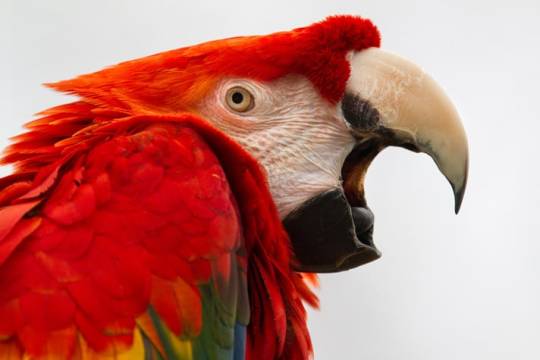
Dealing with a screaming parrot can be challenging, but there are several strategies you can use to help reduce the noise. Here are some effective tips and techniques:
Identify the Cause: Determine why your parrot is screaming. Common reasons include boredom, attention-seeking, hunger, or discomfort. Understanding the cause can help you address the underlying issue.
Provide Enrichment: Parrots are intelligent and need mental stimulation. Offer a variety of toys, puzzles, and activities to keep them engaged. Rotate toys regularly to maintain their interest.
Establish a Routine: Parrots thrive on routine. Consistent feeding, playtime, and sleep schedules can help reduce anxiety and screaming.
You can get more information about this article by visiting te link below:
0 notes
Text
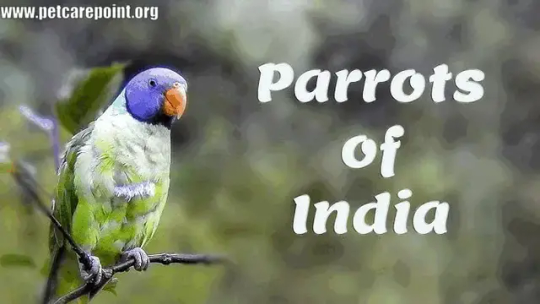
India is home to a variety of parrot species, each with unique habitats and conservation needs. Here are some of the notable ones:1. Indian Ring-necked Parrot (Psittacula krameri)Habitat: This parrot is widespread in India, found in urban areas, forests, and open woodlands.Conservation Status: Generally considered Least Concern by the IUCN, but localized threats like habitat destruction and illegal trapping can impact populations.2. Alexandrine Parrot (Psittacula eupatria)Habitat: Prefers semi-arid and tropical forests, and can also be found in urban areas.Conservation Status: Classified as Near Threatened due to habitat loss and trapping for the pet trade.3. Plum-headed Parrot (Psittacula cyanocephala)Habitat: Found in forests and wooded regions, often near water sources.Conservation Status: Least Concern, though habitat destruction is a concern.
You can get more information about this article by visiting:
0 notes
Text
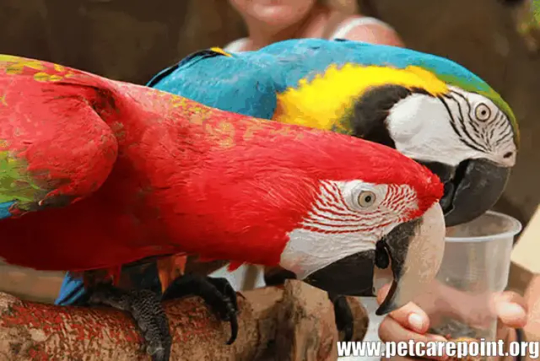
Parrots are known for their vibrant colors, intelligence, and social nature. Here’s a guide to some of the most colorful and popular parrot species:
Common Parrot Species
1. African Grey Parrot
Description: Medium-sized parrot with predominantly grey feathers and a bright red tail.
Color: Grey with a red tail.
Notable Traits: Highly intelligent and excellent at mimicking human speech.
2. Amazon Parrot
Description: Medium to large-sized parrots with predominantly green feathers and various colorful markings.
Color: Green with yellow, blue, and red markings.
Notable Traits: Known for their talking ability and playful nature.
3. Budgerigar (Budgie)
Description: Small, colorful parrot with a cheerful personality.
Color: Various colors including green, blue, yellow, and white.
Notable Traits: Popular pet birds due to their small size and vibrant colors.
You Can get more information about this article by visiting:
0 notes
Text
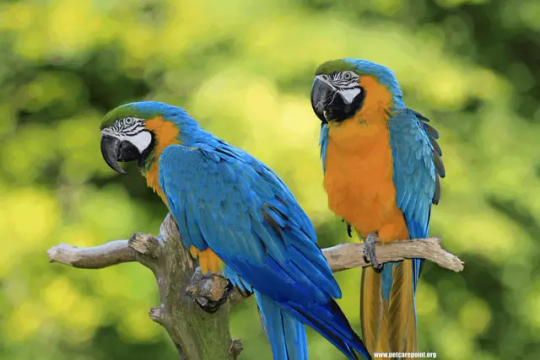
Discover the Beauty and Intelligence of Blue Parrots: Types and Facts
Blue parrots are known for their stunning plumage and remarkable intelligence. Here are some of the most popular blue parrot species, along with interesting facts about each.
Types of Blue Parrots
Blue-and-Gold Macaw (Ara ararauna)
Description: Large parrot with vibrant blue wings and tail, golden-yellow chest, and a green forehead.
Size: 30-36 inches (76-91 cm).
Lifespan: 50-70 years.
Facts:
Highly social and intelligent, capable of learning tricks and mimicking sounds.
Require a lot of mental stimulation and social interaction to prevent boredom.
Known for their strong, powerful beaks that can easily crack nuts and seeds.
Hyacinth Macaw (Anodorhynchus hyacinthinus)
Description: The largest parrot species, with striking cobalt-blue plumage and bright yellow around the eyes and beak.
Size: 40 inches (100 cm).
Lifespan: 50-70 years.
Facts:
Known as the "gentle giants" of the parrot world, they are very affectionate and friendly.
They have a strong beak capable of cracking open the hard shells of Brazil nuts.
Endangered due to habitat loss and the pet trade.
You can get more information about this article by visiting:
0 notes
Text
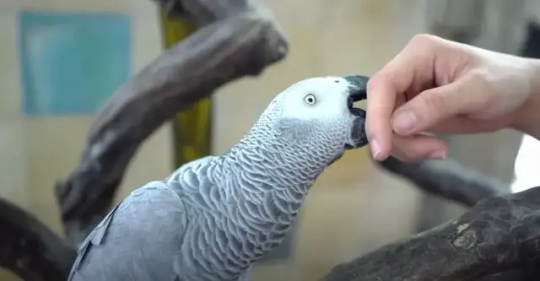
Immediate First Aid for Parrot Bites
Stay Calm and Secure the Parrot:
Safely place the parrot back in its cage or a secure area to prevent further bites.
Assess the Wound:
Examine the bite to determine the severity. Parrot bites can range from minor scratches to deep puncture wounds.
Clean the Wound:
Wash the bite thoroughly with mild soap and warm water. Cleaning is crucial to reduce the risk of infection.
Rinse the wound under running water for at least 5 minutes.
Disinfect:
Apply an antiseptic solution such as hydrogen peroxide, iodine, or an alcohol-free disinfectant to the wound.
Stop the Bleeding:
If the bite is bleeding, apply gentle pressure with a clean cloth or sterile gauze.
Elevate the injured area if possible to help control bleeding.
Apply a Dressing:
Cover the wound with a sterile bandage or dressing to protect it from dirt and bacteria.
you can get more info by visiting the website:
0 notes
Text
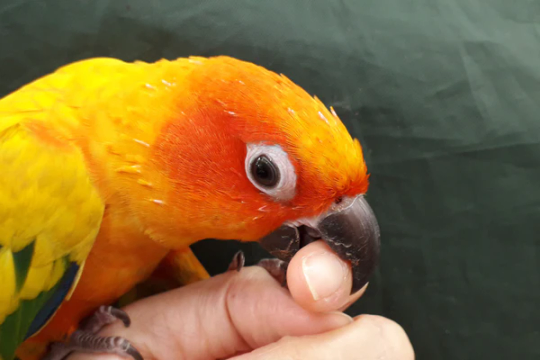
How to Stop a Parrot from Biting: Effective Tips and Techniques
Parrots are intelligent, social creatures that can form deep bonds with their owners. However, like any animal, they can sometimes display undesirable behaviors, such as biting. Understanding why a parrot bites and implementing effective strategies to address this behavior can help build a harmonious relationship between you and your feathered friend. Here are some effective tips and techniques to stop a parrot from biting.
Understanding Why Parrots Bite
Before you can effectively address biting, it's important to understand why your parrot is engaging in this behavior. Common reasons include:
Fear or Anxiety: Parrots may bite when they feel threatened or scared.
Territorial Behavior: Parrots can be territorial about their space or their favorite person.
Lack of Socialization: A parrot that hasn't been properly socialized may bite out of habit or discomfort.
Hormonal Changes: During breeding seasons, hormonal changes can make parrots more aggressive.
Boredom or Frustration: Parrots are intelligent and need mental stimulation. Biting can be a sign of boredom or frustration.
For More Information about this article. visit:
2 notes
·
View notes